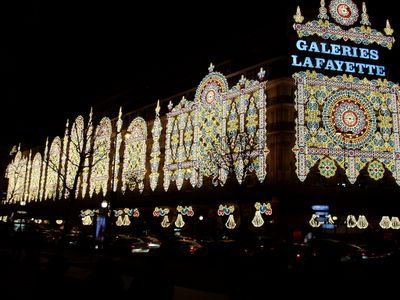
An unknown abbey on the roadside near Brough, UK. An abbey (from the Latin abbatia, which is derived from the Syriac abba, "father"), is a Christian monastery or convent, under the government of an Abbot or an Abbess, who serve as the spiritual father or mother of the community. A priory only differed from an abbey in that the superior bore the title of prior instead of abbot. Priories were originally offshoots from the larger abbeys, to the abbots of which they continued subordinate; however, the actual distinction between abbeys and priories was lost by the Renaissance. Do not confuse the term convent with the term monastery. Both nuns and monks live in monasteries. Sisters, members of active orders, live in convents. Nuns who are cloistered live in monasteries.
© 2004 onwards by Dr Himanshu Tyagi. All the photographs in this blog are copyright protected and can not be reproduced or stored in any medium without the written permission from Dr Hiamnshu Tyagi.















